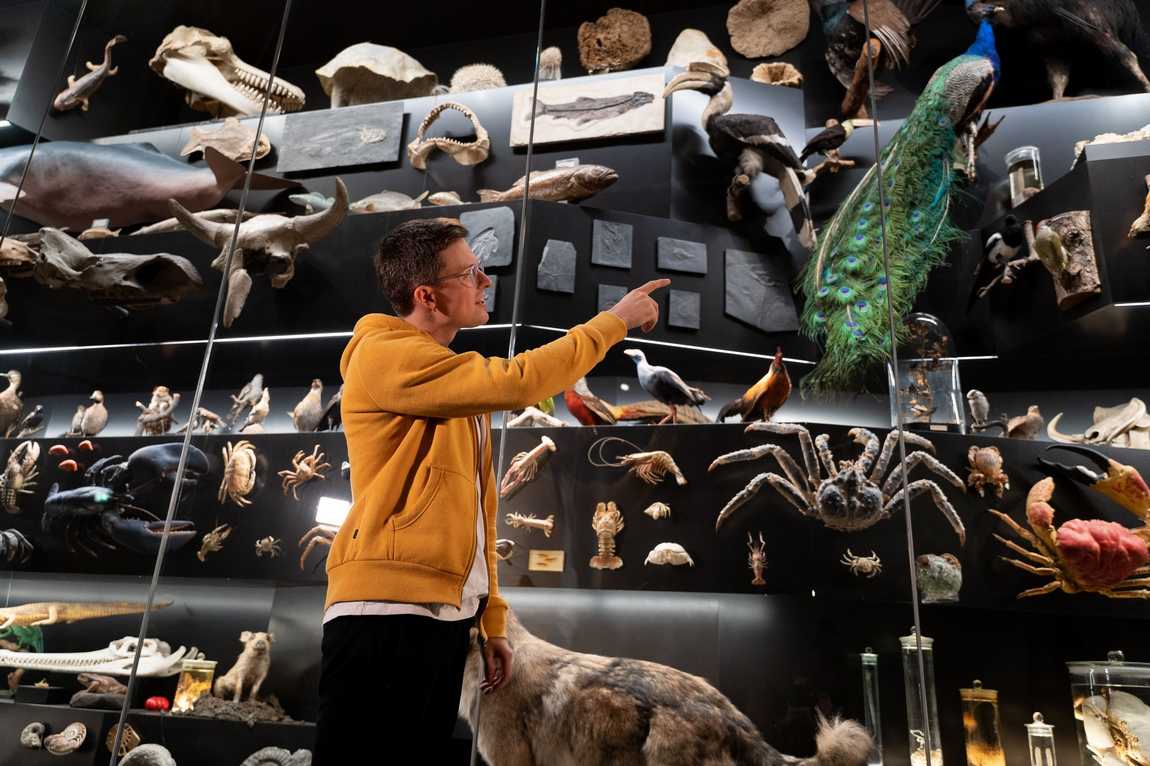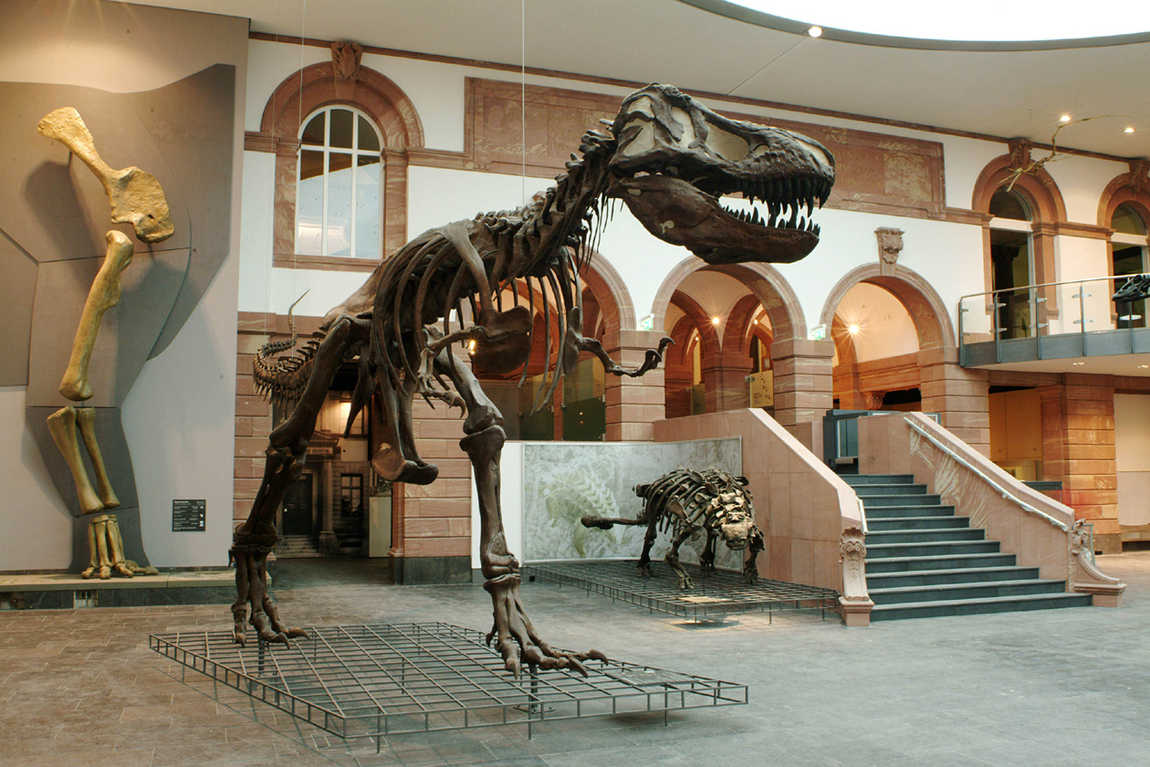Children should not only be interested in active entertainment and virtual games, but should also know at least a little about what surrounds them on earth and where it all comes from. The Senckenberg Natural History Museum, just outside Frankfurt am Main, is the place to introduce kids to their environment and its inhabitants.

Today, the museum is one of the largest institutions dedicated to teaching and research. But that is not all the museum complex is famous for. Covering an area of around 6,000 square metres, it has the country's most comprehensive collection of objects relating to the origin and development of life on our planet. The museum has three floors.
So what do the half a million visitors who cross the threshold of the museum each year see? First and foremost, the stone impressions of insects, plants and animals from the Eocene period found by archaeologists in the Messel quarry. These fossils provide direct evidence of life on Earth millions of years ago.

Dinosaurs and other predators are everywhere in the exhibition at the Senckenberg Natural History Museum in Frankfurt. One even appears on the museum's coat of arms. This gigantic collection of ancient vertebrates is the largest in Europe. On display is the huge 18 metre long skeleton of a diplodocus, the largest specimen in the collection. There are also skeletons of edmontosaurs, pterosaurs, oviraptors and psittacosaurs.
The museum's insect collection contains several thousand specimens, while the bird collection has around 2000 stuffed birds from all over the world. Your young naturalist will be fascinated by these ancient animals, long extinct and now lost to modern man. Let him marvel at the quagga, a cross between a horse, a zebra and a mammoth. How about "tickle your nerves"? You can do that at the Senckenberg Natural History Museum: the mummies from ancient Egypt alone are worth a visit!
The cast of the skeleton of Australopithecus Lucy, discovered in the 1970s, and a large collection of meteorites, minerals and fossil plants, also found by archaeologists in the Messel quarry, are among the exhibits of great interest to the inquisitive child.











